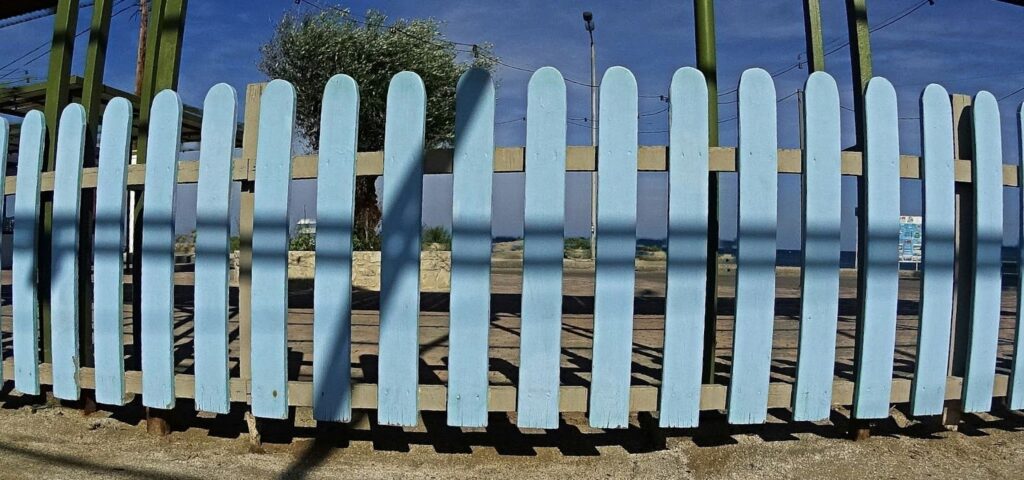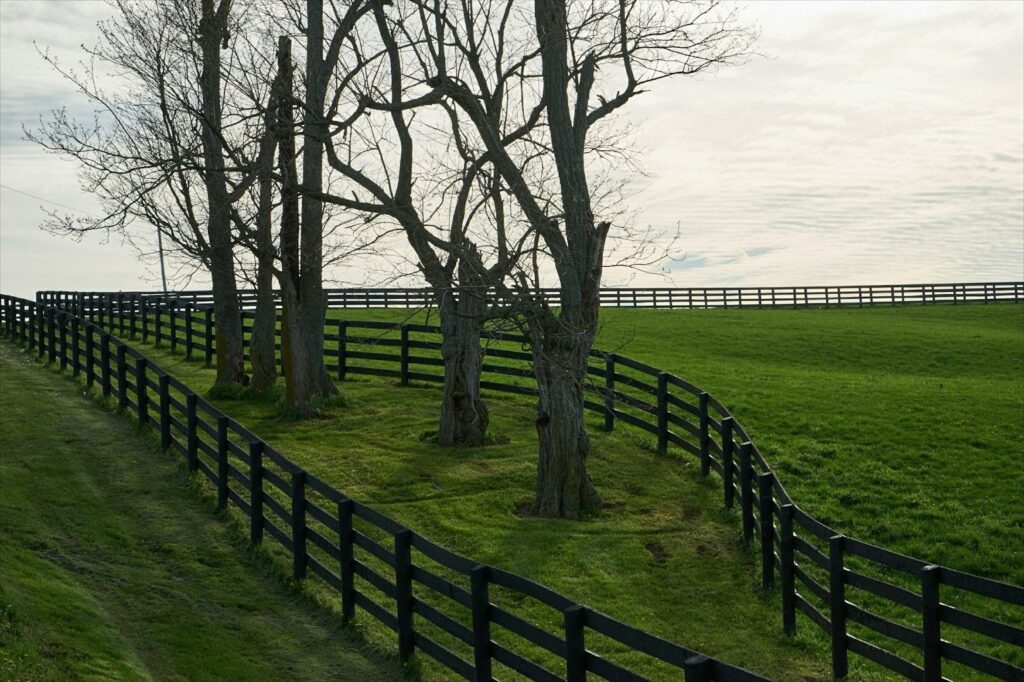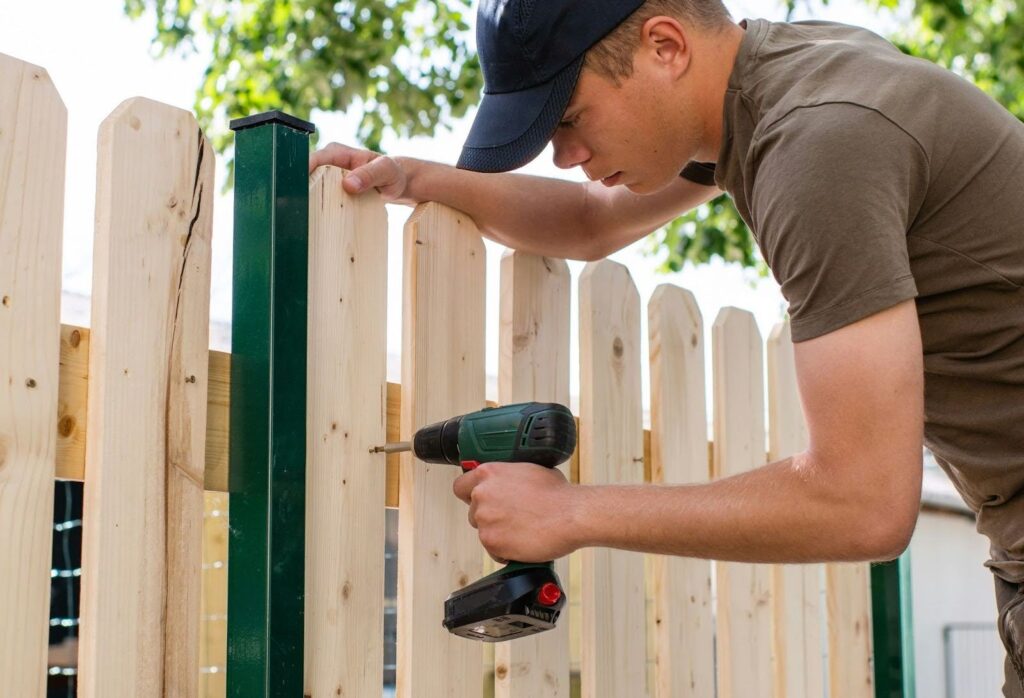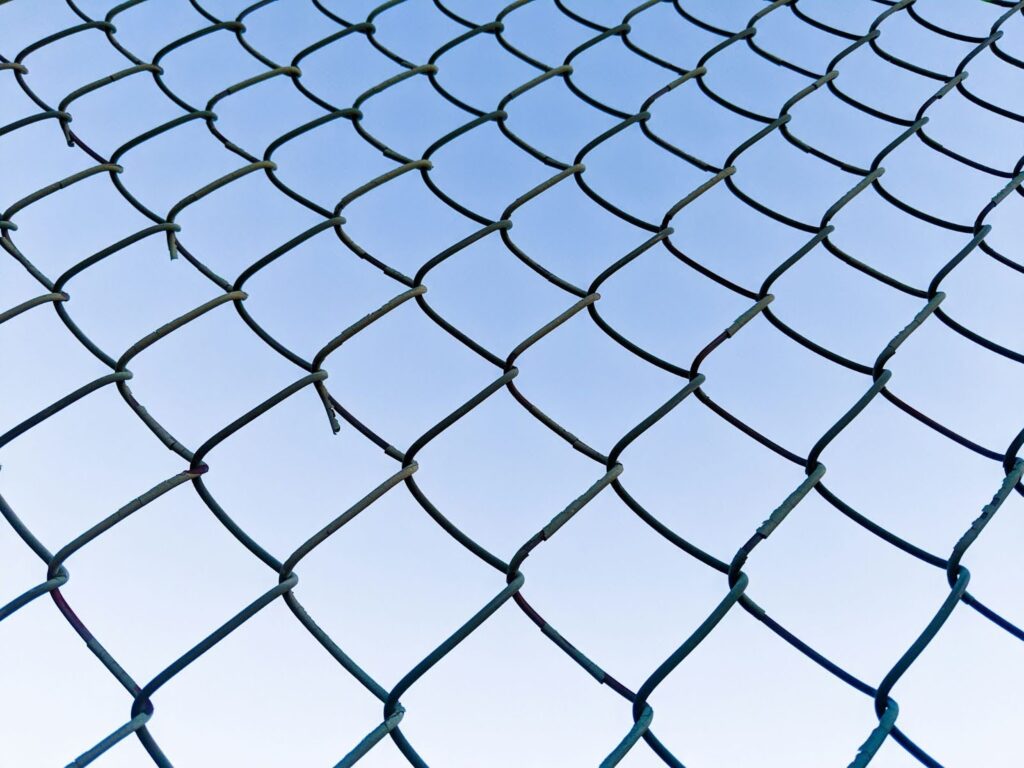Installing a new fence is one of the most effective ways to add privacy, security, and curb appeal to your property. Whether you’re building a backyard enclosure, replacing an older fence, or securing a pet-friendly area, one question always comes first: How much does a fence cost?
The truth is that fence pricing varies widely depending on materials, labor, property layout, and add-ons. This guide breaks down everything you need to know so you can budget confidently and choose the right fence for your needs.
How Much Does a Fence Cost? (Quick Overview)
Average National Cost Range
Most homeowners spend between $1,500 and $8,000+ for a full fence installation.
Cost per linear foot ranges dramatically based on material – from budget-friendly chain link to premium wrought iron.
Why Fence Costs Vary Widely
Fence cost depends on:
• Material
• Height
• Linear footage
• Labor rates in your area
• Terrain and soil conditions
• Gates and hardware
• Local permit requirements
Understanding these components helps you create a realistic budget from the start.
Fence Cost by Material (The Biggest Price Factor)
Chain Link Fence Cost
Chain link fencing remains one of the most affordable and practical options for securing yards, pets, and commercial spaces.
• Approx. $10-$35 per linear foot
• Black vinyl-coated options increase durability and improve appearance
Wood Fence Cost
Wood fences provide warmth, privacy, and traditional style.
Costs vary depending on the type of wood:
• Pine: budget-friendly
• Cedar: mid-range and naturally rot-resistant
• Redwood: higher-end
Maintenance (staining/sealing) adds long-term cost.
Vinyl Fence Cost
Vinyl fences are extremely durable and low-maintenance.
• Approx. $25-$60 per linear foot
Pricing depends on panel thickness, color, and decorative features. Vinyl is ideal for homeowners who want privacy with minimal upkeep.
Wrought Iron / Steel Fence Cost
These are premium, highly durable options offering excellent security and a luxury look.
• Approx. $30-$100+ per linear foot
• Custom iron designs can exceed $200/ft
Composite Fence Cost

Composite materials offer the look of wood with minimal maintenance.
However, they come with a higher upfront cost.
Breaking Down the Real Costs (Beyond the Fence Itself)
Labor Costs
Labor often accounts for 40%-60% of the total price.
Complex installs – such as those on steep slopes or rocky ground – require more time and expertise.
Posts, Concrete & Hardware
Posts are one of the most expensive components of any fence project.
Heavier materials like metal or vinyl require more concrete and stronger brackets.
Gates & Special Add-Ons
Adding gates increases the total cost more than most homeowners expect.
Double gates, custom widths, and upgraded hardware all increase the budget.
Terrain & Property Layout

Uneven land, hills, hard soil, or dense tree roots can significantly increase labor time. For challenging property conditions, homeowners often rely on regional experts like Cool Cat Fence, who understand how to install fencing properly on slopes, clay soil, or wet climates while ensuring long-term stability.
Cost Per Linear Foot (By Fence Type)
Chain Link: $10-$35 per linear foot
Great for affordability and functionality.
Wood: $15-$45 per linear foot
Varies based on style (privacy, picket, shadowbox) and wood species.
Vinyl: $25-$60 per linear foot
Higher upfront cost but nearly maintenance-free.
Metal Fencing: $30-$100+ per linear foot
Steel and wrought iron are premium products that provide exceptional durability and security.
Hidden or Unexpected Fence Costs
Permits & HOA Requirements
Some neighborhoods have strict rules about height, color, and placement.
Permit fees may also apply depending on your city.
Removing Old Fencing
Demolition and disposal can add $200-$1,500 depending on size and material.
Cleanup, Hauling & Property Repair

Tree trimming, leveling, or yard restoration may be required before installation.
DIY vs Professional Installation Costs
DIY Costs & Considerations
DIY may reduce labor expenses, but it comes with challenges:
• You’ll need the proper tools
• Fence lines must be level and straight
• Posts must be set at the correct depth
• Mistakes can be expensive to fix
Benefits of Hiring Professionals

Experienced installers ensure the fence is structurally sound, aligned, and built to last. Many homeowners choose to work with a professional fence company for accurate installation, secure post setting, and durable results-especially when dealing with taller fences, long property lines, or non-level terrain.
How to Estimate Your Own Fence Cost (Step-by-Step)
Step 1 – Measure Your Property Line
Linear footage dictates the majority of cost.
Step 2 – Choose Height & Material
Higher and heavier materials increase both material and labor costs.
Step 3 – Evaluate Terrain Type
Sloped, rocky, or root-dense land adds complexity.
Step 4 – Add Gates & Special Features
Include single, double, or custom gates in your estimate.
Step 5 – Get Multiple Professional Quotes
Comparing quotes helps you understand differences in materials, warranties, and installation quality.
Which Fence Type Gives You the Best Value?
Best for Privacy
- Wood or vinyl
Best for Security
- Steel or wrought iron
• Tall chain link with tension wire
Best Low-Maintenance
- Vinyl or composite fences
Best Budget-Friendly Option

- Chain link fencing
Conclusion
Fence costs vary based on style, material, height, and installation complexity – but with the right information, you can plan a fence project that fits your needs and your budget. Whether you’re focused on privacy, aesthetics, or long-term durability, understanding the full cost picture helps you make confident decisions.
And when installation requires expertise or the terrain is tricky, partnering with trusted professionals ensures your fence is safe, secure, and built to last.

